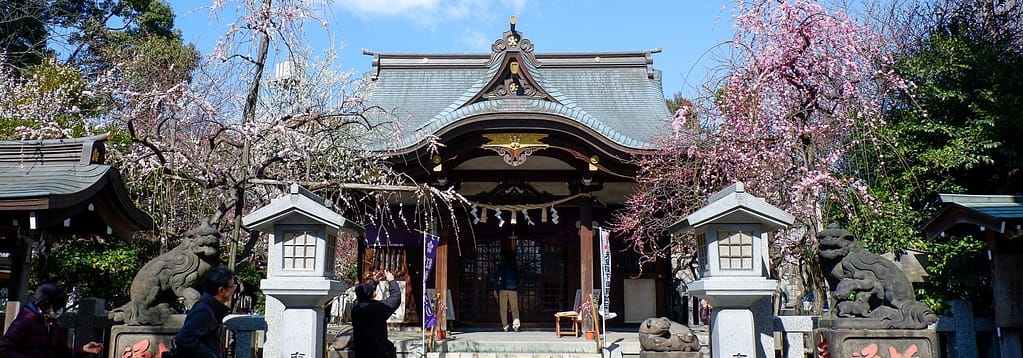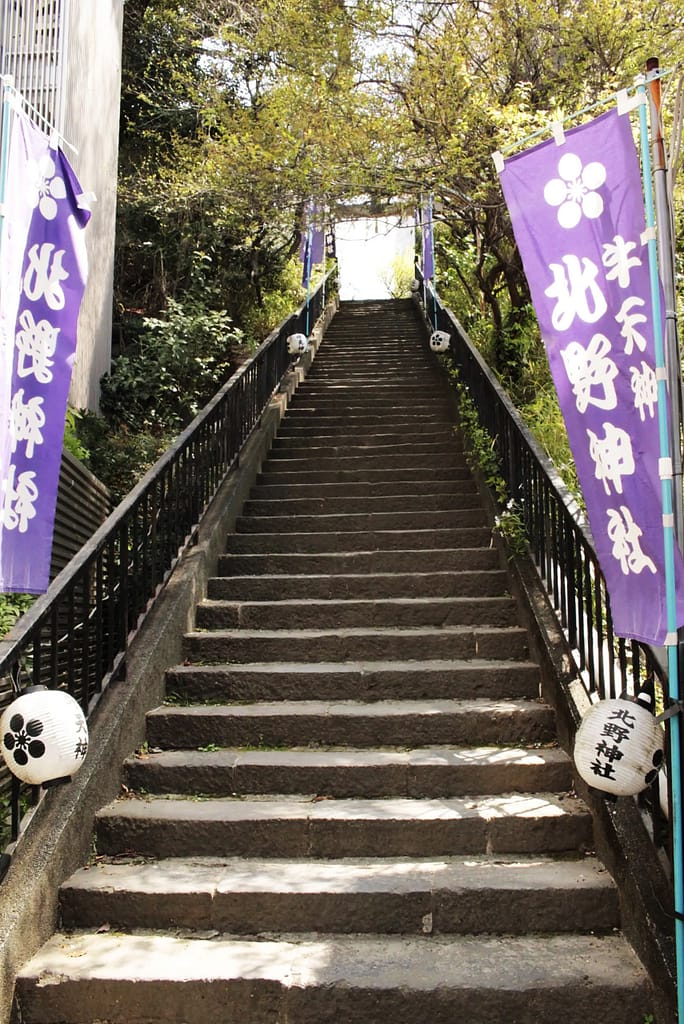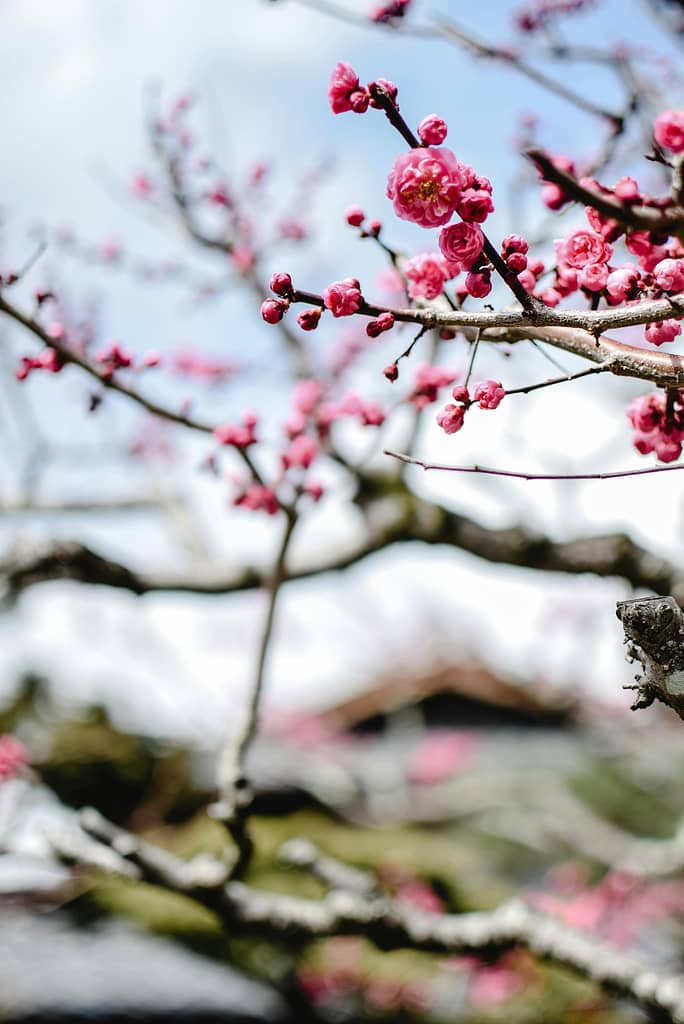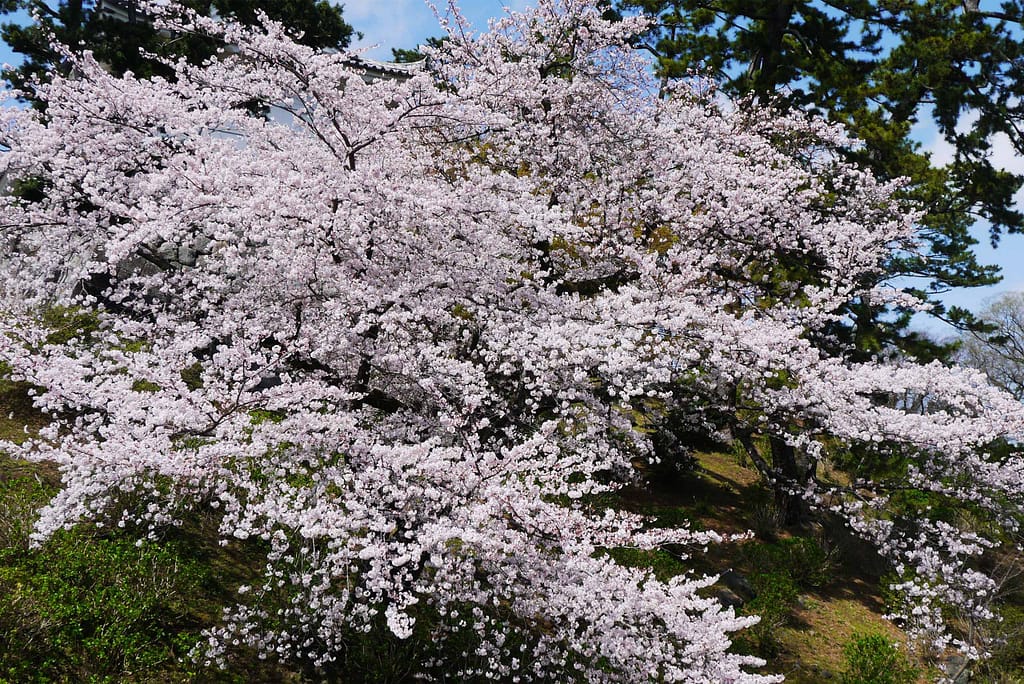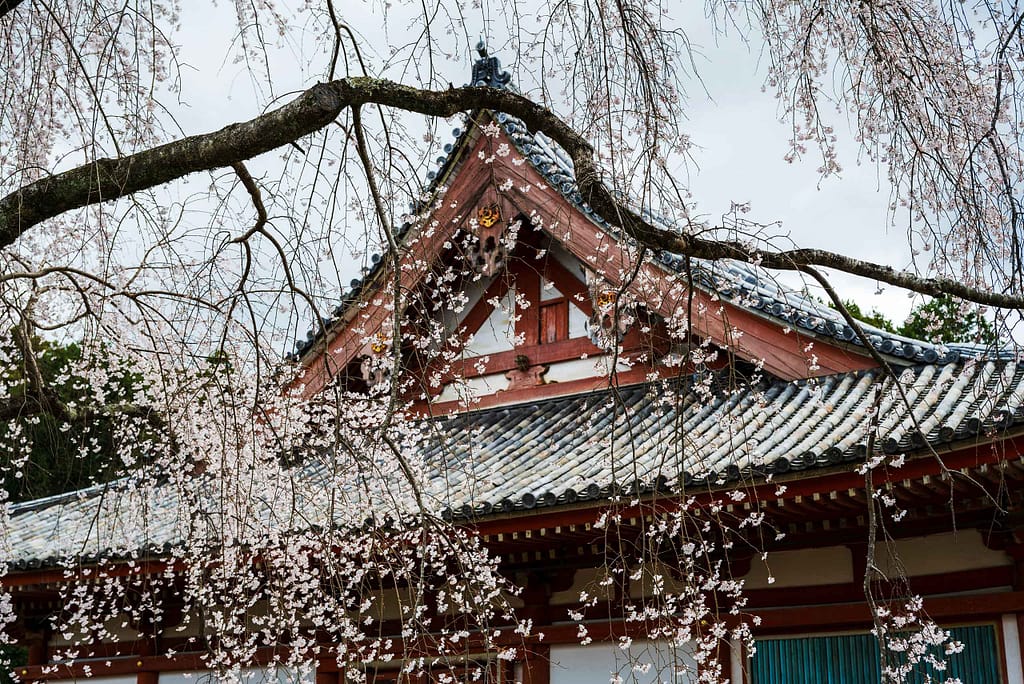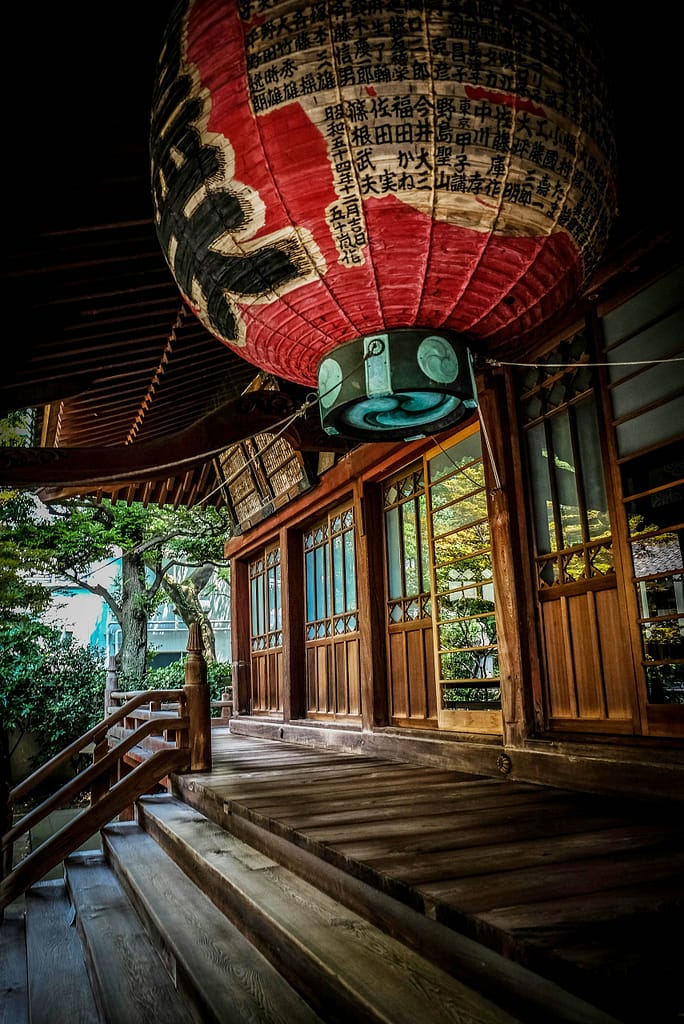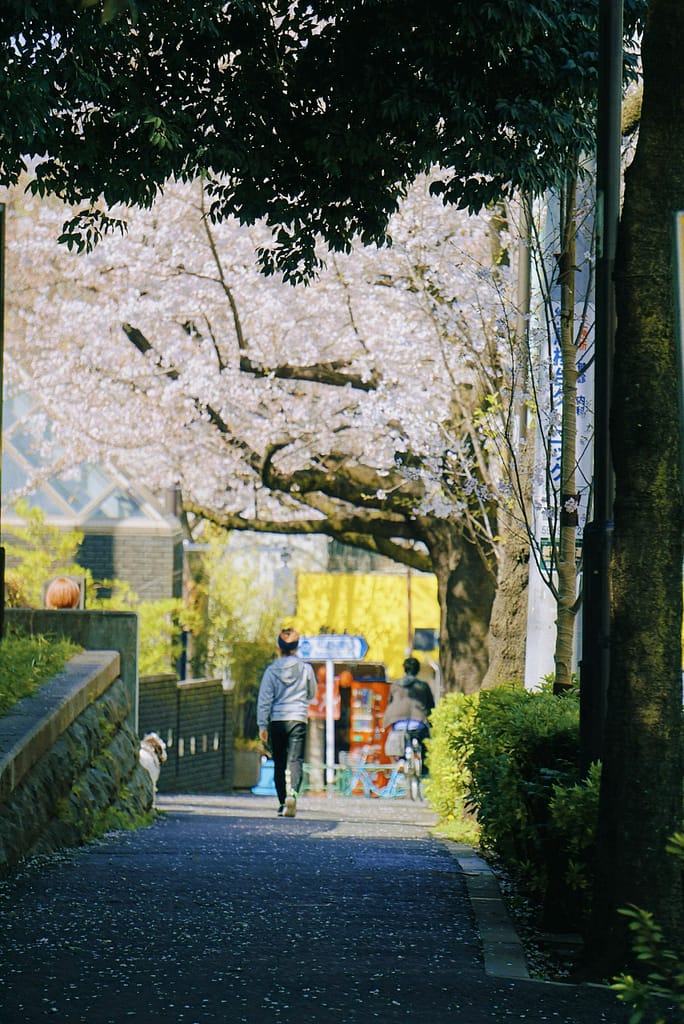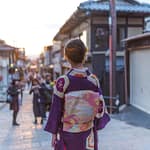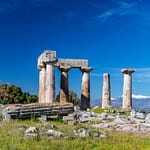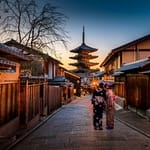Nestled in the heart of Tokyo, the Koishikawa Korakuen Garden (小石川後楽園) stands as a timeless gem—one of the city’s oldest and most cherished landscape gardens, tracing its origins back to the early Edo period. Renowned for its classical Japanese design, the garden offers a tranquil retreat where nature, history, and artistry harmoniously intertwine.
A truly enchanting time to visit is during the Koishikawa Plum Festival, held each year as winter yields to spring. Here, in a quiet corner of the city, a grove of around 150 plum trees, representing 40 distinct varieties, bursts into bloom. From soft white petals to vivid shades of pink, the trees fill the air with their gentle, sweet fragrance—ushering in a season of renewal and beauty.
As you stroll through the garden’s winding paths, past serene ponds and gracefully arched bridges, you’ll find yourself immersed in a living painting, where every turn reveals another exquisite view. The delicate blossoms, set against the refined backdrop of traditional garden design, evoke a deep sense of peace and reflection.
On weekends during the festival, the garden becomes even more vibrant with cultural experiences. You may encounter a performance of sato kagura, a traditional form of sacred silent theater, or have the chance to participate in a brief calligraphy workshop, adding a personal brushstroke to your visit.
For more details and the latest updates, refer to the official Koishikawa Korakuen Garden website (available in Japanese).
